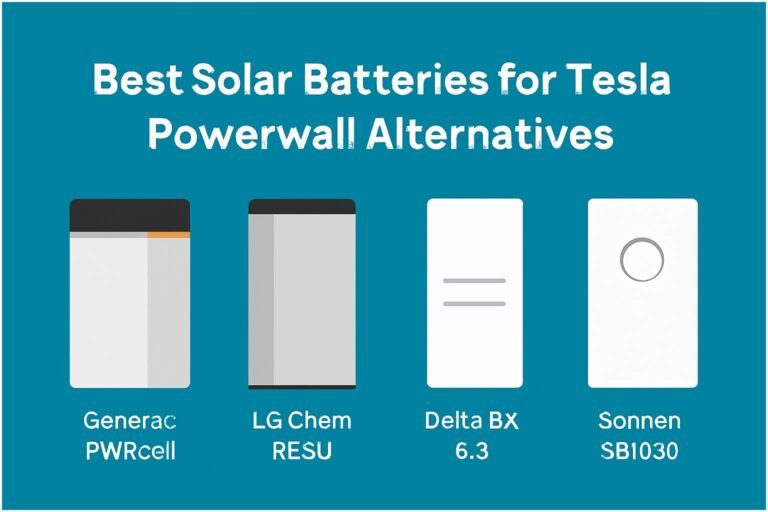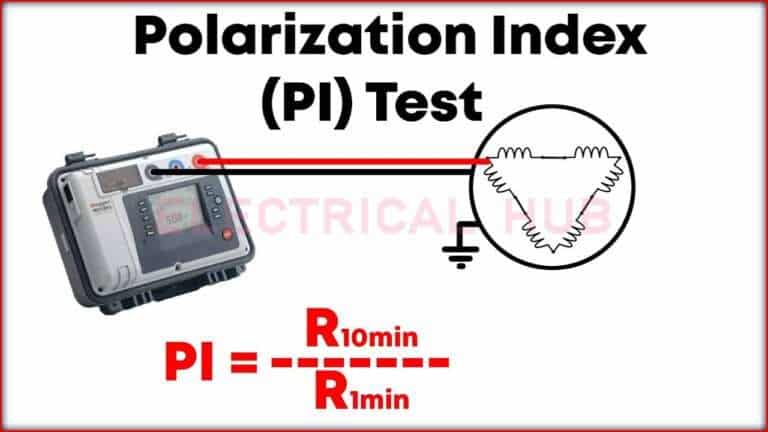CR2450 Battery Equivalent
When it comes to powering small electronic devices, the CR2450 battery is a popular choice. However, finding the right CR2450 battery equivalent can sometimes be challenging. This comprehensive guide will help you understand everything about CR2450 batteries and their alternatives, ensuring you make an informed decision for your device’s power needs.

Table of Contents
What Makes CR2450 Battery Equivalent Options Important?
The CR2450 is a 3-volt lithium coin cell battery widely used in various devices, from car key fobs to medical devices. Understanding CR2450 battery equivalent options becomes crucial when the original battery is unavailable or when you’re looking for more cost-effective alternatives that maintain the same performance levels.
Common CR2450 Battery Equivalent Specifications
Before diving into alternatives, let’s understand the basic specifications of a CR2450 battery. The standard CR2450 features a diameter of 24mm and a height of 5.0mm, which gives it its numerical designation. The battery operates at 3 volts and typically has a capacity ranging from 560 to 620mAh, depending on the manufacturer.
Direct Replacements for CR2450 Battery
Several battery models can serve as direct CR2450 battery equivalent options. The BR2450 and DL2450 are among the most common alternatives. These batteries maintain identical physical dimensions and voltage outputs, making them perfect substitutes in most applications. The main difference lies in their internal chemistry, which might affect their longevity and performance in specific conditions.
Technical Analysis of CR2450 Battery Equivalent Options
When considering CR2450 battery equivalent choices, it’s essential to understand the technical aspects that make each option suitable. The standard CR2450 uses lithium manganese dioxide chemistry, providing excellent stability and a long shelf life of up to 10 years. Its equivalent options often use similar chemistry but might vary in their exact composition.
Comparison Table for CR2450 Battery Equivalent
Here’s a comprehensive table for the CR2450 battery equivalent, including different equivalent batteries and their characteristics:
| Battery Model | Chemistry | Nominal Voltage | Capacity (mAh) | Diameter (mm) | Height (mm) | Common Uses | Notes |
|---|---|---|---|---|---|---|---|
| CR2450 | Lithium Manganese Dioxide (LiMnO2) | 3.0V | 550-620 | 24.5 | 5.0 | Watches, Calculators, Keyless Entry Systems, IoT devices | Standard CR2450 |
| DL2450 | Lithium Manganese Dioxide (LiMnO2) | 3.0V | 580 | 24.5 | 5.0 | Medical Devices, Sensors, Remote Controls | Duracell equivalent |
| ECR2450 | Lithium Manganese Dioxide (LiMnO2) | 3.0V | 620 | 24.5 | 5.0 | LED Flashlights, Cameras, Electronic Toys | Energizer equivalent |
| BR2450 | Lithium Poly-Carbon Monofluoride (Li-CFx) | 2.8V | 500-550 | 24.5 | 5.0 | High-Temperature Devices, Automotive Sensors | Lower voltage, better at high temperatures |
| ML2450 | Lithium Rechargeable (Li-ion) | 3.0V | 100-120 | 24.5 | 5.0 | Small Rechargeable Electronics | Rechargeable version |
| VL2450 | Lithium Vanadium Pentoxide | 3.0V | 100-120 | 24.5 | 5.0 | Rechargeable, Long-Lasting Devices | Used for long-term applications |
| LIR2450 | Lithium-Ion Rechargeable | 3.6V | 120-150 | 24.5 | 5.0 | Reusable Consumer Electronics | Higher voltage, rechargeable |
Key Points:
- CR2450 is a standard 3V coin battery widely used in small electronics.
- DL2450 and ECR2450 are branded equivalents from Duracell and Energizer, respectively.
- BR2450 has a slightly lower voltage but works better at high temperatures, suitable for automotive and industrial uses.
- ML2450 and LIR2450 are rechargeable alternatives, with LIR2450 having a higher voltage (3.6V) than others.
Performance Comparison and Usage Scenarios
The performance of CR2450 battery equivalent options can vary significantly based on environmental conditions and usage patterns. For instance, while the BR2450 serves as an excellent alternative, it performs particularly well in high-temperature environments, making it ideal for industrial applications. The DL2450, on the other hand, might offer slightly better performance in consumer electronics due to its optimized discharge characteristics.
Temperature tolerance is another crucial factor when selecting a CR2450 battery equivalent. The standard CR2450 operates effectively between -20°C and 70°C. Some equivalents might offer broader temperature ranges, making them more suitable for extreme conditions. For example, certain specialized variants can function in temperatures as low as -40°C, perfect for outdoor or industrial applications.
Capacity and Longevity Considerations
When exploring CR2450 battery equivalent options, capacity becomes a crucial consideration. While the standard CR2450 typically offers around 600mAh, some alternatives might provide slightly different capacities. These variations can affect the overall battery life and device performance. For instance, high-drain devices might benefit from equivalent options that offer marginally higher capacities, even if they come at a premium price point.
Practical Applications and Recommendations
Understanding where and how to use CR2450 battery equivalent options is crucial for optimal device performance. Key fobs, medical devices, and small electronic instruments often specify CR2450 batteries in their requirements. However, knowing which equivalent option works best for each application can significantly impact device functionality and battery life.
For medical devices, it’s recommended to stick with high-quality CR2450 battery equivalent options from reputable manufacturers. These devices often require stable power output and reliable performance. In contrast, for less critical applications like calculators or small toys, more economical alternatives might suffice without compromising essential functionality.
Environmental Impact and Disposal Considerations
When choosing a CR2450 battery equivalent, consider environmental factors. Some alternatives might offer more environmentally friendly compositions while maintaining similar performance levels. Proper disposal of these batteries is crucial, regardless of the specific variant chosen. Most CR2450 battery equivalent options contain lithium and other materials that require special handling during disposal.
Conclusion: Making the Right Choice
Selecting the appropriate CR2450 battery equivalent requires careful consideration of various factors, including device requirements, environmental conditions, and intended usage duration. While many alternatives exist in the market, understanding their specific characteristics helps ensure optimal performance and longevity.
Remember that while cost might be a factor in your decision, the quality and reliability of the battery should take precedence, especially in critical applications. Always verify compatibility with your device’s specifications before making a final choice, and consider factors like shelf life and storage conditions when purchasing replacement batteries.
By understanding these aspects of CR2450 battery equivalent options, you can make an informed decision that balances performance, cost, and reliability. Whether you’re powering a critical medical device or a simple electronic gadget, choosing the right battery equivalent ensures your device continues to function as intended.
Worth Read Posts
Follow us on LinkedIn, “Electrical Insights,” to get the latest updates on Electrical Engineering.





